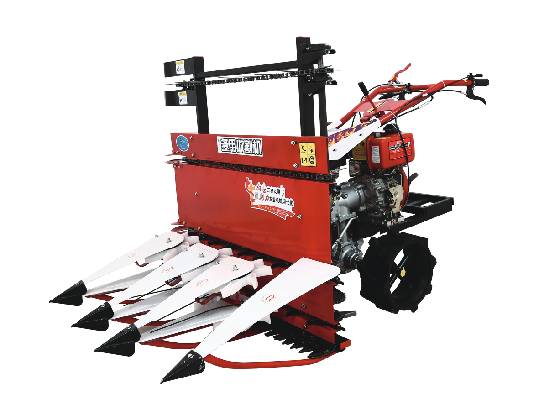Compact and Efficient Rice Harvesting Solutions for Small-Scale Farmers and Urban Agriculture
The Small Rice Harvester Revolutionizing Agriculture
In the world of agriculture, efficiency and productivity are paramount, especially in the cultivation of staple crops such as rice. The small rice harvester has emerged as a groundbreaking innovation, offering a viable solution for smallholder farmers across the globe. This compact machinery is designed to address the challenges faced by agricultural workers, enhancing their ability to harvest rice crops efficiently while minimizing labor costs and maximizing yields.
Traditionally, rice harvesting has been a labor-intensive process, often requiring hundreds of workers to cut, bundle, and transport the ripe grains from the field to storage facilities. However, the advent of small rice harvesters has significantly transformed this age-old practice. These machines are specifically tailored for small farms, making them accessible to farmers who might not have the financial means to invest in larger, more expensive harvesting equipment.
One of the most notable advantages of small rice harvesters is their ability to operate in diverse field conditions. With their compact size, these machines can navigate through tight spaces and uneven terrains that larger harvesters cannot effectively manage. This flexibility allows farmers to maximize their operational area, reducing the time and labor required to complete the harvest. Furthermore, small rice harvesters are often equipped with features that facilitate the harvesting of lodged or overripe rice, ensuring that farmers can collect their entire yield without significant losses.
Another key benefit of small rice harvesters is their contribution to improving productivity. The speed at which these machines operate can dramatically reduce the time taken to complete a harvest. For instance, while traditional manual harvesting might take several days, a small rice harvester can accomplish the task in a matter of hours. This acceleration is particularly crucial during the harvest season, when time is of the essence, and delays can lead to crop spoilage.
small rice harvester

In addition to boosting productivity, small rice harvesters also help enhance the quality of the harvested rice. Manual harvesting often results in damaged grains as workers rush to collect as much as possible before adverse weather conditions set in. However, with small rice harvesters, the mechanical precision ensures minimal damage to the crops, preserving their quality and market value. Consequently, farmers using these machines can expect higher returns on their investment, as they can sell a superior product at a better price.
Moreover, the use of small rice harvesters can lead to reduced labor costs, making farming operations more sustainable. In many regions, labor shortages have become a significant challenge, driving up wages and making it difficult for farmers to find sufficient workforce during peak harvesting time. By utilizing machinery, farmers can reduce their dependency on manual labor, mitigating both the risks and financial burdens associated with labor shortages. This transition not only benefits the farmers' bottom line but also encourages the adoption of modern agricultural practices.
The rise of the small rice harvester is also contributing to the modernization of rural economies. As farmers become more productive and profitable, they are more likely to reinvest in their farms and communities, fostering a cycle of development and improvement. With better harvesting technology, rural areas can experience growth that leads to improved infrastructure, education, and healthcare services, ultimately uplifting entire communities.
In conclusion, the small rice harvester represents a crucial advancement in agricultural technology, particularly for smallholder farmers. By enhancing efficiency, reducing labor costs, and improving the quality of harvested rice, these machines are reshaping the rice farming landscape. As we look towards the future, the continued adoption of small rice harvesters is likely to play a significant role in ensuring food security and sustainable agricultural practices worldwide.
Latest news
-
When to Upgrade Your Old Forage HarvesterNewsJun.05,2025
-
One Forage Harvester for All Your NeedsNewsJun.05,2025
-
Mastering the Grass Reaper MachineNewsJun.05,2025
-
How Small Farms Make Full Use of Wheat ReaperNewsJun.05,2025
-
Harvesting Wheat the Easy Way: Use a Mini Tractor ReaperNewsJun.05,2025
-
Growing Demand for the Mini Tractor Reaper in AsiaNewsJun.05,2025
